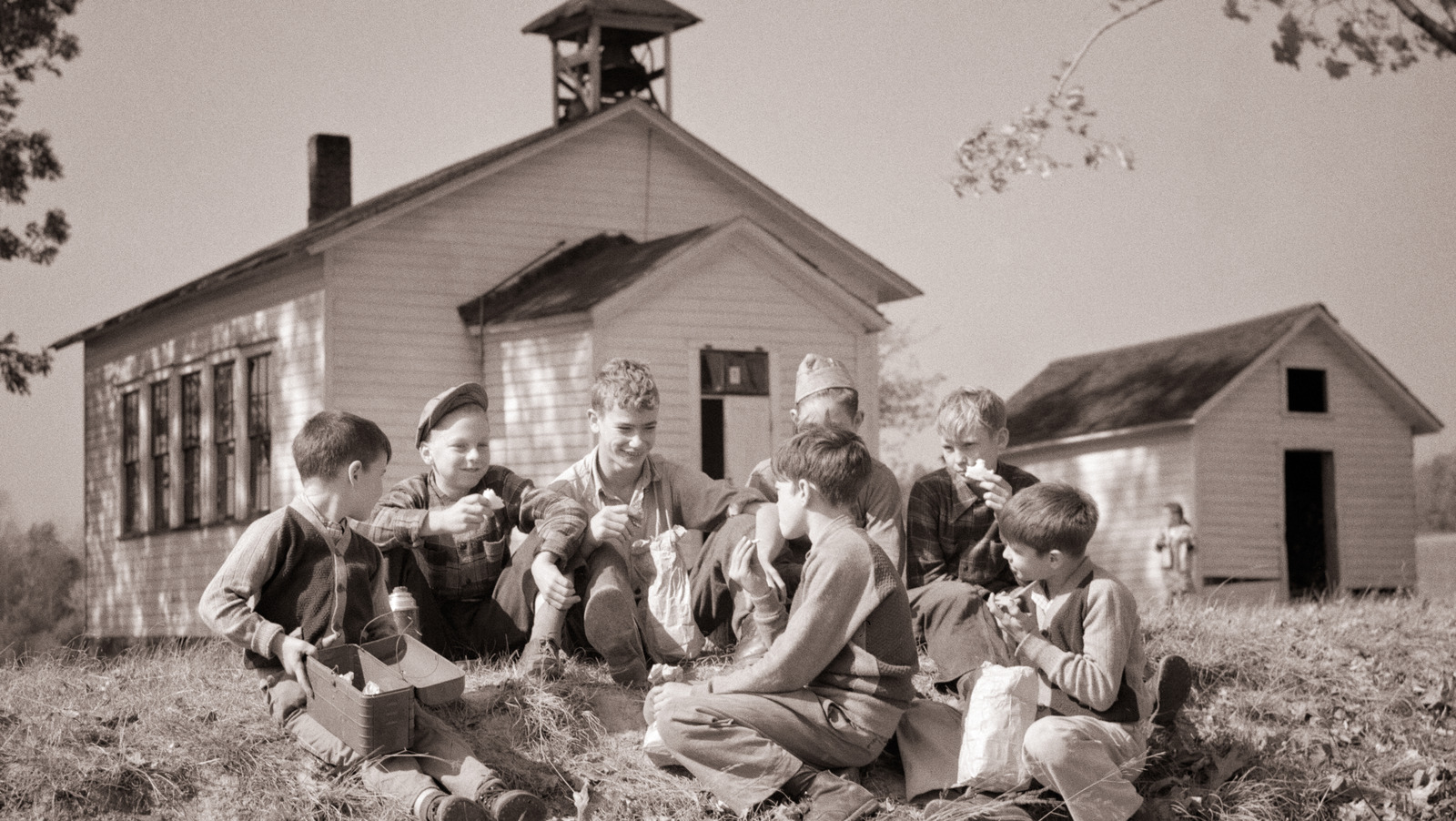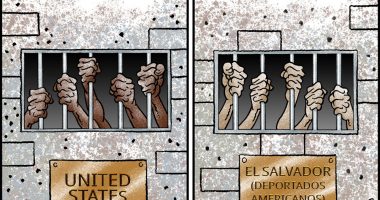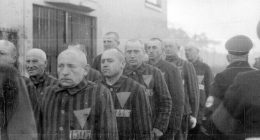
For the vast majority of American history, one-room schools educated the nation, bringing together children of different ages under one roof and one teacher. Although they seem like a relic of the 1880s Great Plains, many rural students were still attending such schools as late as the ’40s and early ’50s. Among rural African Americans in the Jim Crow South, one-room schools were often the norm.
Education in one-room schools was a bit different, even by 1950s standards. Whereas in most 1950s schools (the same is true today) teachers led age-segregated classrooms with a focus on one subject, students at one-room schools were separated by ability and often had to learn independently or collaboratively.
Read Related Also: Noel Rodriguez-Alvarez: Mom Who Fled to India Following Disabled Son’s Disappearance Now Charged with Murder
Because one teacher could not teach every subject to 30+ students of different ages in a lecture-style class as today, students at a one-room school often had to independently figure out work assigned by the teacher while he or she was busy testing and evaluating other students – usually through recitations. At the time, “recitation” did not mean rote memorization, but demonstrating proficiency in a skill, such as math, handwriting, or showing a knowledge of assigned reading or geography.
Although there were still many one-room schools in 1950s America, they were on their last legs. Urban flight, the appropriation of rural lands for suburbs, and school consolidation through state law resulted in most of them closing down by the 1960s. Their students were sent to larger public schools for the most part, although approximately 400 still remain in the most isolated, rural parts of the United States.









